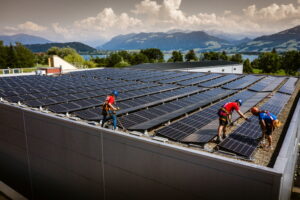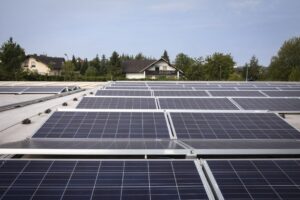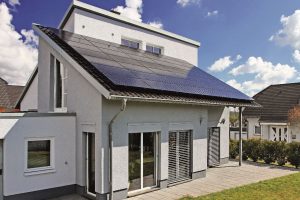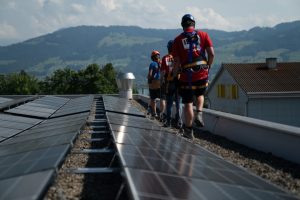Rooftop safety – Fall protection AeroFix Latch
 When it comes to occupational safety in relation to PV, the first thing that comes to mind is probably the complex and costly scaffolding of the building that is required for safe installation on a pitched or flat roof. But that’s not all. Work on the roof itself, for maintenance etc., must also be secured. That’s why we have our AeroFix Latch fall protection system, which is the subject of today’s article. (more…)
When it comes to occupational safety in relation to PV, the first thing that comes to mind is probably the complex and costly scaffolding of the building that is required for safe installation on a pitched or flat roof. But that’s not all. Work on the roof itself, for maintenance etc., must also be secured. That’s why we have our AeroFix Latch fall protection system, which is the subject of today’s article. (more…)



